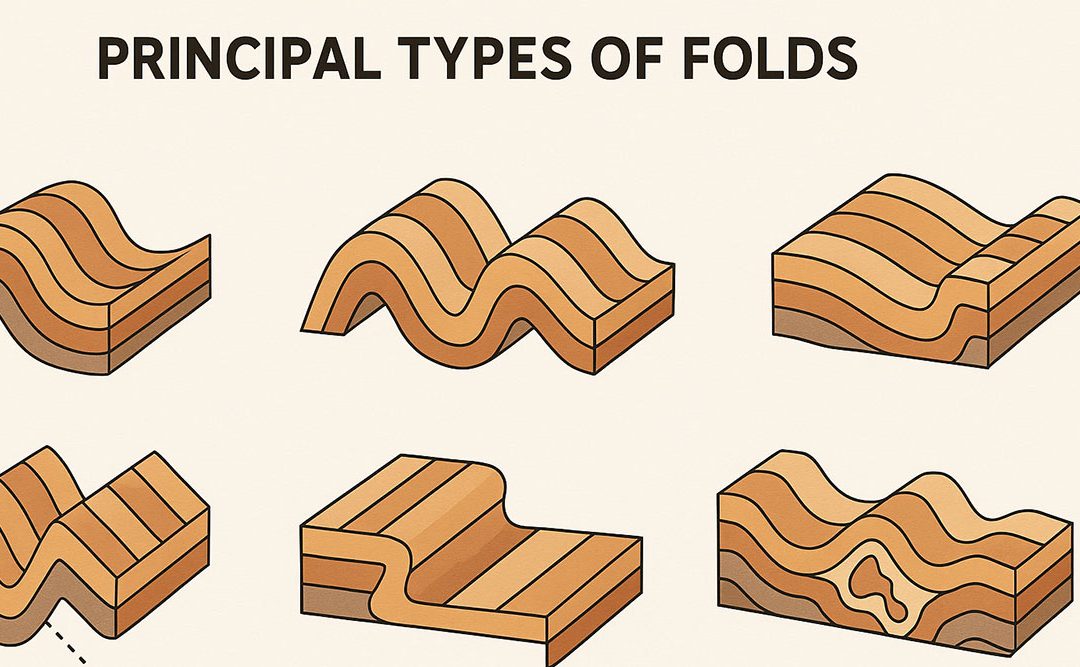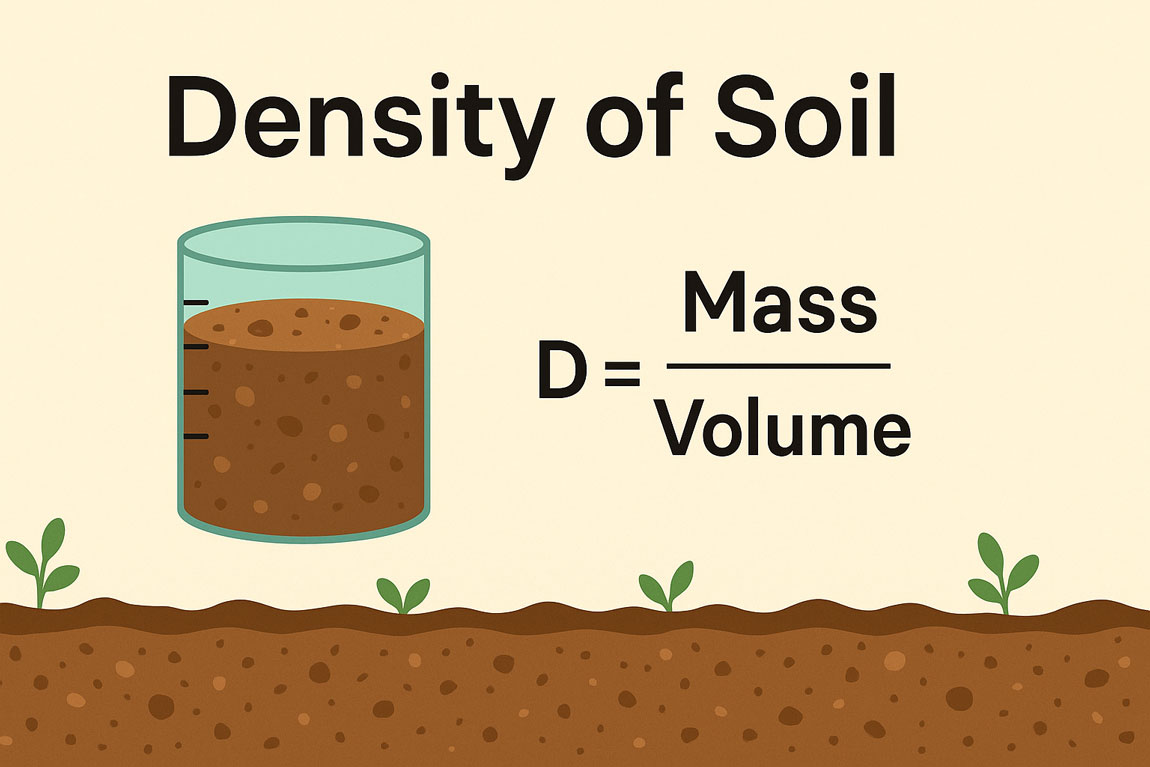Folds are significant geological structures formed when rock layers undergo compression, resulting in bending without fracturing. They are commonly observed in deformed sedimentary, metamorphic, and even igneous rocks. Understanding the different types of folds and their field characteristics is crucial for interpreting the tectonic history and structural framework of a region.
Types of Folds:
Several types of folds occur in the rocks of the Earth’s surface. The principal types of folds (Billings 1997) commonly seen in different kinds of rocks are briefly illustrated as follows:
- Plunging fold
- Isoclinal fold
- Recumbent fold
- Chevron fold
- Monocline
- Drag fold
- Ptygmatic fold
Plunging fold:
A fold may not continue for an indefinite distance, but dies away after a certain length. If a fold is traced along its axial line direction, it may be found that the amplitude of an anticline decreases until it merges with the unfolded beds, when it is called plunging anticline, see Fig. 1(a). In case of a plunging syncline, the trough becomes shallower along its axis in one direction, as shown in Fig. 1(b).
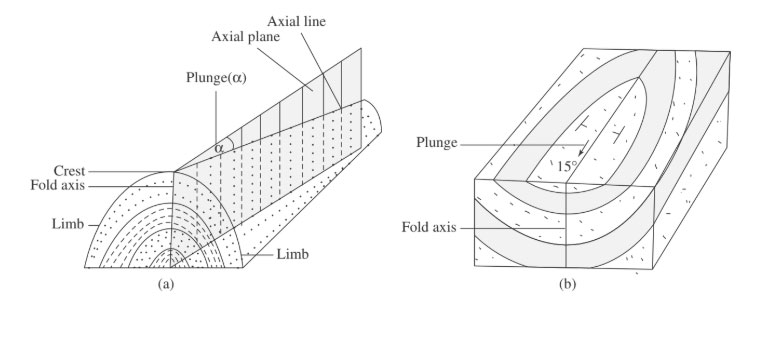
Fig. 1: Different parts of a fold: (a) an anticline; (b) a syncline
Isoclinal fold:
In this type, both the limbs of a fold dip in the same direction and are equally inclined, as shown in Fig. 2(a). If the axial plane is vertical, the fold is termed a vertical isoclinal fold; if it is inclined, it is called an overturned isoclinal fold.
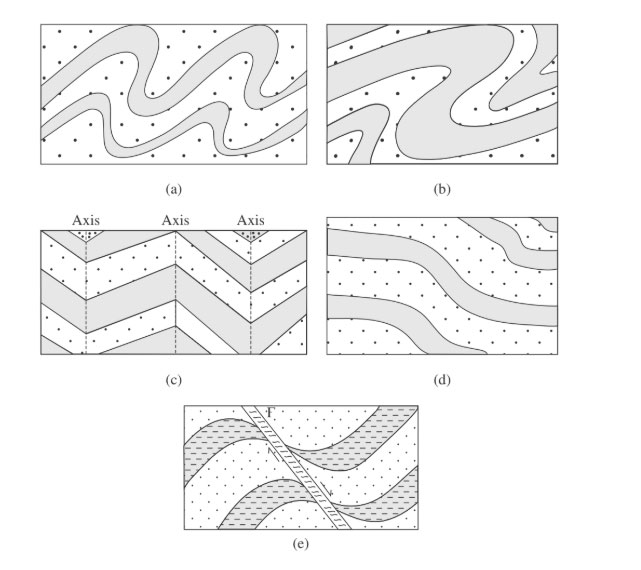
Fig. 2: Types of folds: (a) isoclinal fold; (b) recumbent fold; (c) chevron fold; (d) monocline; and (e) drag fold with a fault
Recumbent fold:
Here, the axial plane of a fold is horizontal or makes a very low angle with the horizontal, as shown in Fig. 2(b).
Chevron fold:
This type of fold, also called the zig-zag fold, has straight or planar limbs and angular hinges. The bedding planes of the fold are parallel to the limbs, as shown in Fig. 2(c) and Fig. 3.
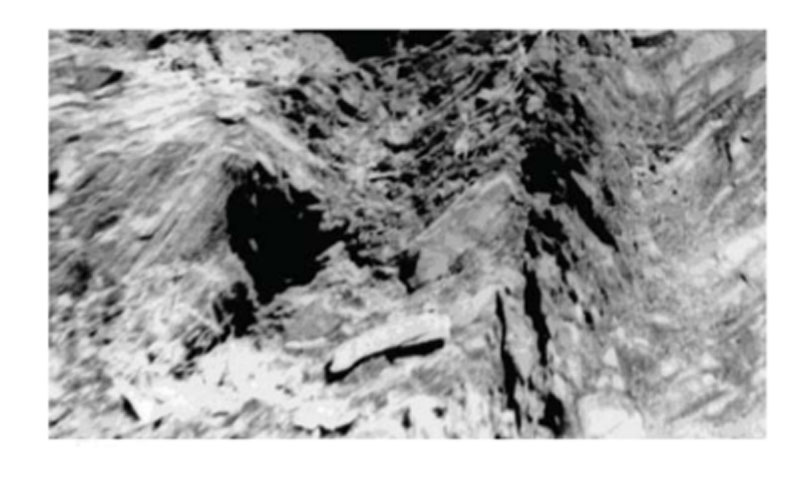
Fig. 3: Chevron fold in thin sandy and clayey layers
Monocline:
It is a simple type of flexure formed by bending of a horizontal or very low-dipping bed with an anticlinal bend at the top and a synclinal bed at the bottom, as shown in Fig. 2(d).
Drag fold:
It is formed when a competent bed such as sandstone, slides past an incompetent bed, such as shale. The drag folds are related to fault movement. The relative direction of movement of the fault can be traced from the trend and inclination of the axial planes of the drag fold as shown in Fig. 2(e).
Ptygmatic fold:
This type of fold is formed in weak beds that yield easily to deformation and assume any shape impressed upon them by the surrounding rigid rocks. Ptygmatic fold may result from the viscous flow of incompetent rocks under a small stress difference and hence is also known as a flow fold.
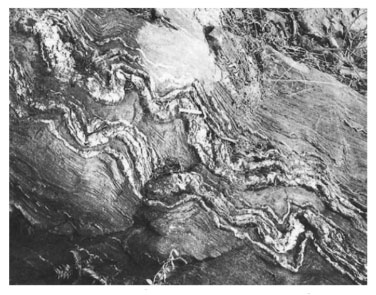
Fig. 4: Ptygmatic fold in quartzo-felspathic veins
Quartzo-feldspathic veins and pegmatites are commonly convoluted and buckled as ptygmatic folds during high-grade metamorphism, see Fig. 4.

